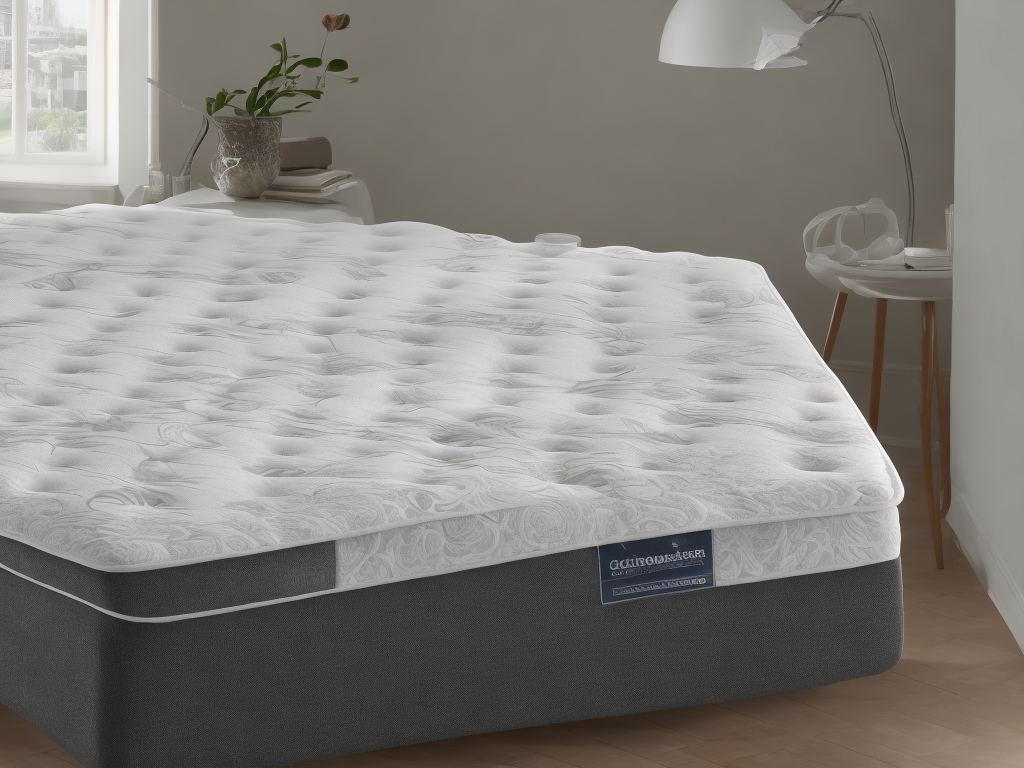
How To Choose A Mattress
A good night's sleep is essential for maintaining overall health and well-being. And one of the crucial factors that contribute to a restful sleep is choosing the right mattress. With an overwhelming number of options available in the market, it can be challenging to navigate through the sea of choices. But fear not! In this article, we will guide you through the process of selecting a mattress that suits your needs and preferences.
1. Determine Your Sleeping Position:
Your sleeping position plays a vital role in determining the type of mattress that will provide optimal support and comfort. There are three primary sleeping positions - back, side, and stomach. Each position places different demands on the mattress, so it's important to choose accordingly:
a. Back sleepers: If you predominantly sleep on your back, a mattress with medium firmness is ideal. It should provide enough support to maintain the natural curve of your spine while offering cushioning for pressure points such as the lower back and shoulders.
b. Side sleepers: Side sleepers require a mattress that provides excellent pressure relief and contouring to the body's curves. Look for a mattress with a softer firmness level that can alleviate pressure points around the shoulders and hips.
c. Stomach sleepers: Stomach sleepers need a firmer mattress to prevent their hips from sinking too deeply, which can cause misalignment of the spine. Opt for a medium-firm to firm mattress that ensures proper support and spinal alignment.
2. Consider Your Body Type:
Different body types have unique needs when it comes to mattress selection. Factors such as weight distribution and body contouring play a significant role in determining the suitable mattress type:
a. Lightweight individuals: If you weigh less than 150 pounds, a softer mattress is generally more comfortable as it allows for better contouring to your body's curves. Look for mattresses with medium or medium-soft firmness to ensure adequate support.
b. Average-weight individuals: For those in the 150-200 pounds range, a medium-firm mattress tends to be the most suitable. It strikes a balance between support and comfort, catering to a wide range of body types.
c. Heavy individuals: Individuals weighing over 200 pounds require more support to prevent sinking too deep into the mattress. A firmer mattress with extra support layers, such as pocket coils or high-density foam, can provide the necessary support and prevent sagging.
3. Investigate Mattress Materials:
The material used in a mattress greatly affects its overall comfort, durability, and support. Here are some commonly found mattress materials:
a. Innerspring: Innerspring mattresses utilize steel coils as their primary support system. They offer excellent airflow and tend to be more responsive and bouncy. However, they may not provide enough pressure relief for some individuals.
b. Memory foam: Memory foam mattresses have gained popularity due to their ability to contour to the body, providing superior pressure relief. They also minimize motion transfer, making them an excellent choice for couples. However, they tend to sleep hot due to their lack of breathability.
c. Latex: Latex mattresses are known for their natural elasticity and breathability. They offer good support and pressure relief, making them suitable for a wide range of sleepers. Additionally, latex is naturally hypoallergenic and resistant to dust mites and mold.
d. Hybrid: Hybrid mattresses combine the benefits of different materials, usually pairing a pocketed coil system with layers of foam or latex. This combination provides enhanced support, durability, and comfort. However, they can be pricier compared to other options.
4. Assess Motion Isolation and Noise:
If you share a bed with a partner or experience frequent disturbances from movements throughout the night, consider a mattress with excellent motion isolation. Memory foam and latex mattresses tend to perform better in this category compared to innerspring options. Additionally, inquire about any noise potential. Innerspring mattresses can produce creaking noises, especially with age, while foam and latex mattresses are typically silent.
5. Know Your Budget:
Setting a budget is essential before starting your mattress shopping journey. Mattress prices can vary significantly depending on the brand, materials used, and additional features. While it's tempting to splurge on a high-end luxury mattress, it's important to find a balance between quality and affordability. Take advantage of sales, coupons, and discounts, and don't forget to compare prices across different retailers to get the best value for your money.
6. Trial Period and Warranty:
Once you've narrowed down your options, consider the mattress's trial period and warranty. Reputable mattress brands often offer a sleep trial period of 90-120 nights, allowing you to test the mattress in the comfort of your own home and ensure it meets your expectations. Additionally, check for the warranty coverage, which varies between brands but typically ranges from 5 to 20 years. A longer warranty period is a good indicator of the manufacturer's confidence in their product.
7. Test and Research:
Before finalizing your decision, don't shy away from testing the mattress in person. Utilize the opportunity to lie down in different sleeping positions and spend a significant amount of time on each mattress to truly gauge its comfort and support levels. If shopping online, research customer reviews and ratings to gather insights from fellow customers who have used the specific mattress you are interested in.
Remember, a mattress is a long-term investment in your sleep quality and overall well-being. By considering your sleeping position, body type, mattress materials, motion isolation, budget, trial periods, and warranties, you can make an informed decision that will provide you with a comfortable and restful night's sleep for years to come. Sweet dreams!
 Self-Instruct
Self-Instruct